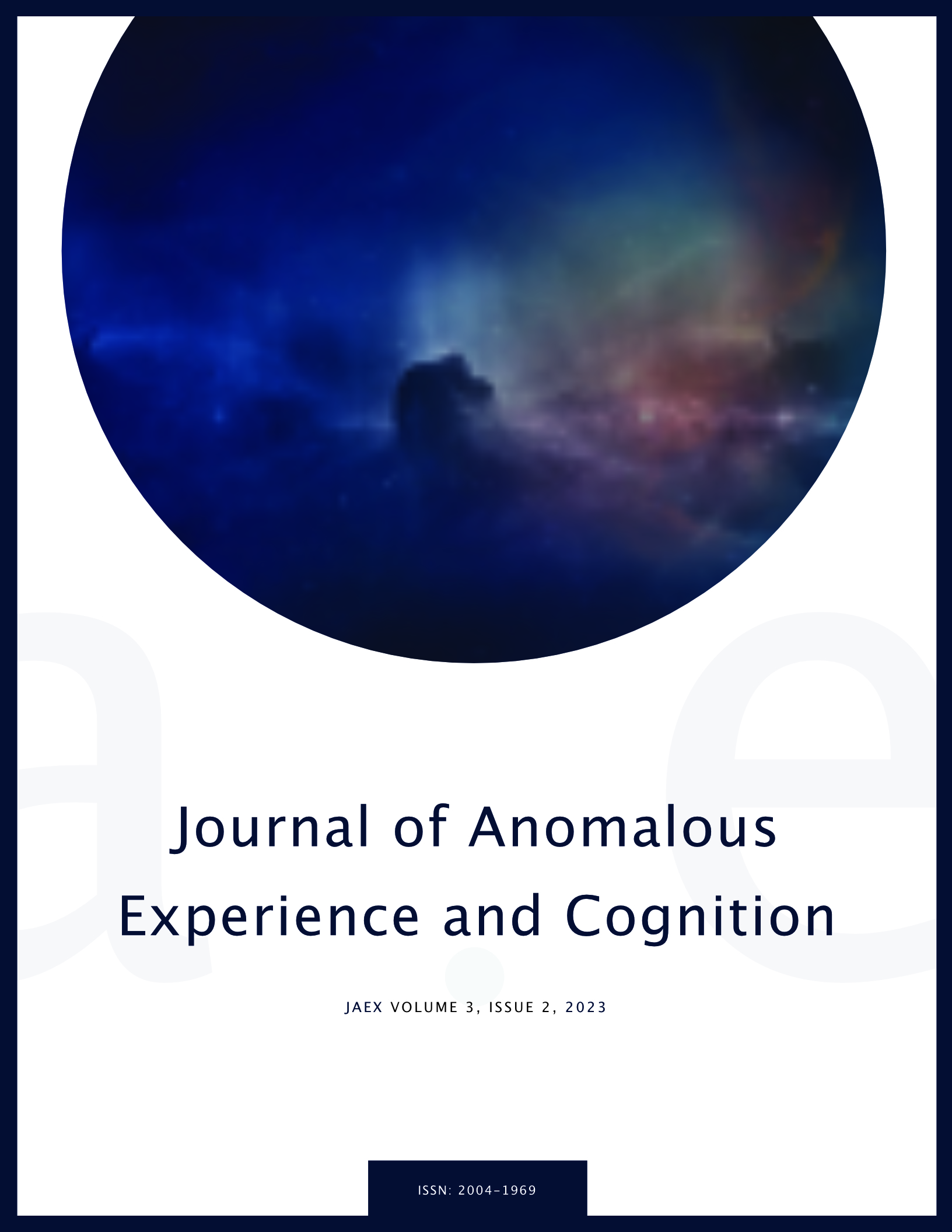A Festschrift for a Consciousness Hummingbird: Charles T. Tart
DOI:
https://doi.org/10.31156/jaex.25346Keywords:
Charles Tart, consciousness, altered states of consciousness, anomalous experience, anomalous cognition, parapsychologyAbstract
Charles Tart was arguably the most important theoretician and researcher of altered states of consciousness (ASC) during the second half of the 20th century. His vast output included books and articles extending the frontiers of study of states of consciousness in general, and of the hypnagogic state, dreaming, meditation, hypnosis, and minor and major psychedelic drugs, among others. Rather than a specialized scientist, he was a fast and agile hummingbird who did not visit only a flower or two but extracted noetic nectar from many more and proceeded to pollinate a wide field of study that had mostly lain barren since the early contributions by William James and a few others. In this editorial I provide a general introduction to his work and its influence on mine.
References
Cardeña, E. (2005). The phenomenology of deep hypnosis: Quiescent and physically active. International Journal of Clinical & Experimental Hypnosis, 53(1), 37-59. Doi: 10.1080/00207140490914234
Cardeña, E. (2019). What the Taller de InvestigaciÛn Teatral revealed to me. In N. N˙Òez, Anthropocosmic theatre (pp. 215-218). University of Huddersfield Press. https://doi.org/10.5920/anthropocosmic.09
Cardeña, E., Jˆnsson, P., Terhune, D. B., & Marcusson-Clavertz, D. (2013). The neurophenomenology of neutral hypnosis. Cortex, 49, 375-385. http://dx.doi.org/10.1016/j.cortex.2012.04.001
Ludwig, A. (1966). Altered states of consciousness. Archives of General Psychiatry, 15
Ornstein, R. (1973). The nature of human consciousness: A book of readings. W. H. Freeman.
Tart, C. T. (1969). Altered states of consciousness: A book of readings. John Wiley.
Tart, C. T. (1970). Transpersonal potentialities of deep hypnosis. Journal of Transpersonal Psychology, 2(1), 27-40.
Tart, C. T. (1971). On being stoned: A psychological study of marijuana intoxication. Science and Behavior Books.
Tart, C. T. (1972). States of consciousness and state-specific sciences. Science, 176, 1203-1210.Tart, C. T. (1975). States of consciousness. E. P. Dutton.
Tart, C. T. (1998). Six studies of out-of-body experiences. Journal of Near-Death Studies, 7(2), 73-99.
Downloads
Published
How to Cite
Issue
Section
License
Copyright (c) 2023 Etzel Cardeña

This work is licensed under a Creative Commons Attribution 4.0 International License.
All articles published in JAEX are open access, freely and universally accessible online, and archived in the open journal’s Lund University website (https://journals.lub.lu.se). Articles in JAEX can be distributed under the terms of the Creative Commons Attribution 4.0 International License CCBY (http://creativecommons.org/licenses/by/4.0/), which permits unrestricted use, distribution, and reproduction in any medium, with appropriate credit to the original author(s) and the source, a link to the Creative Commons license, and an indication if changes were made.



